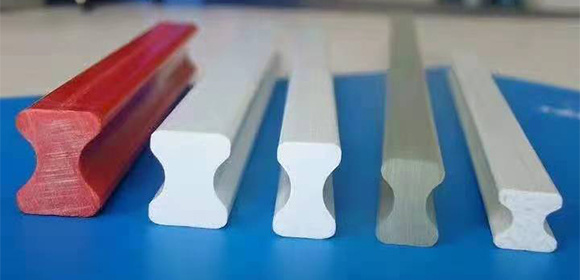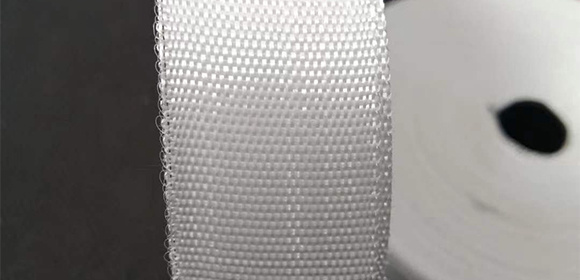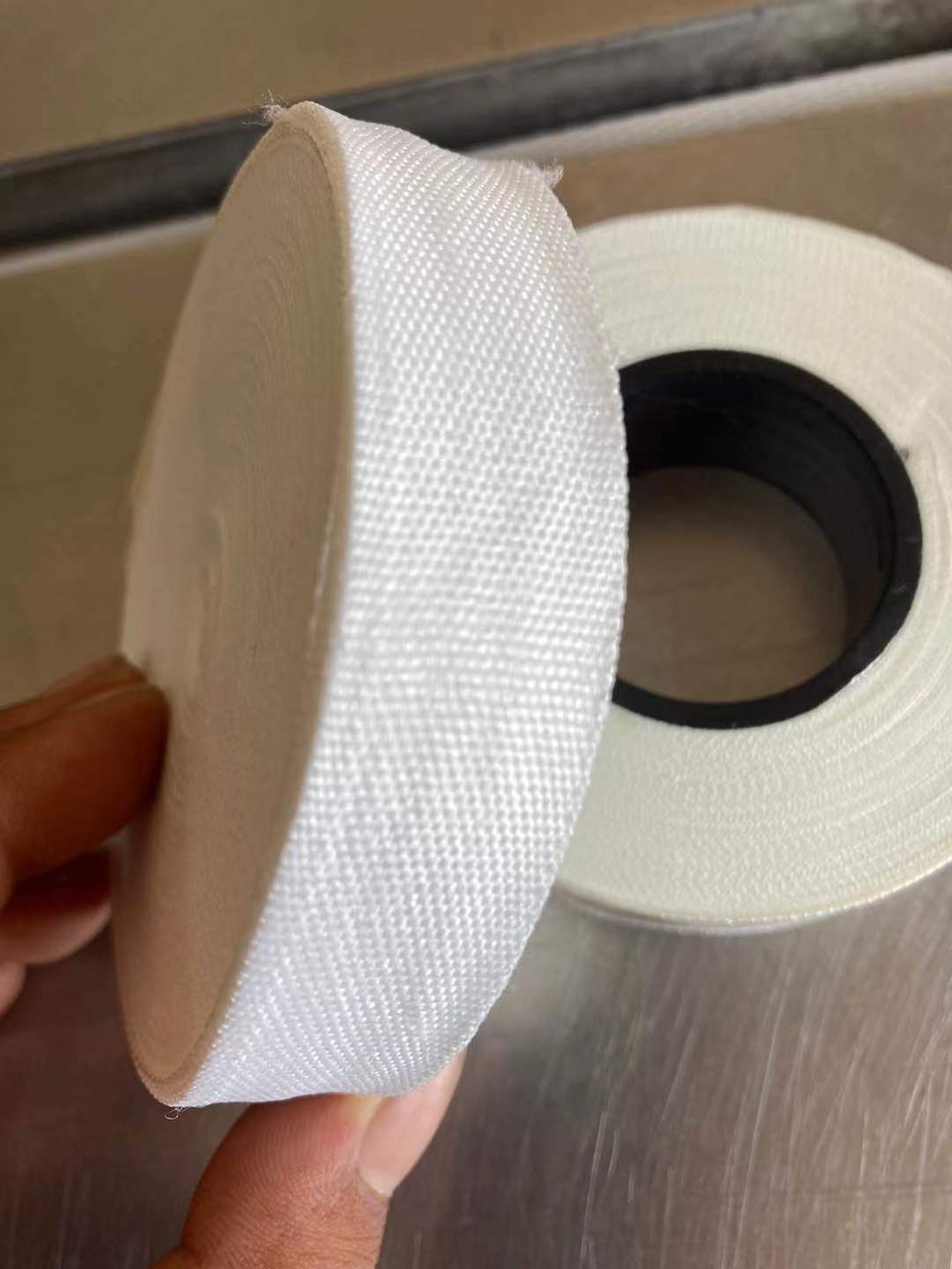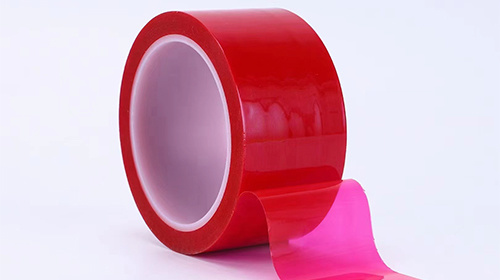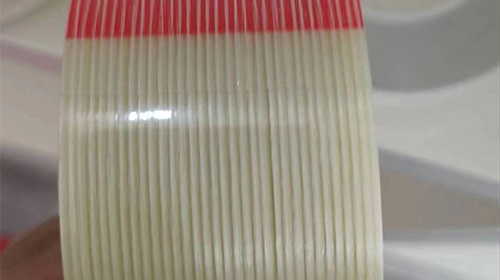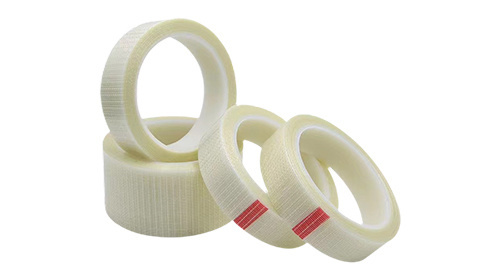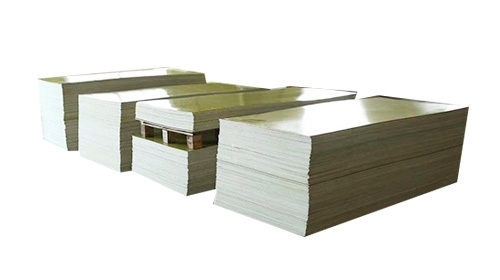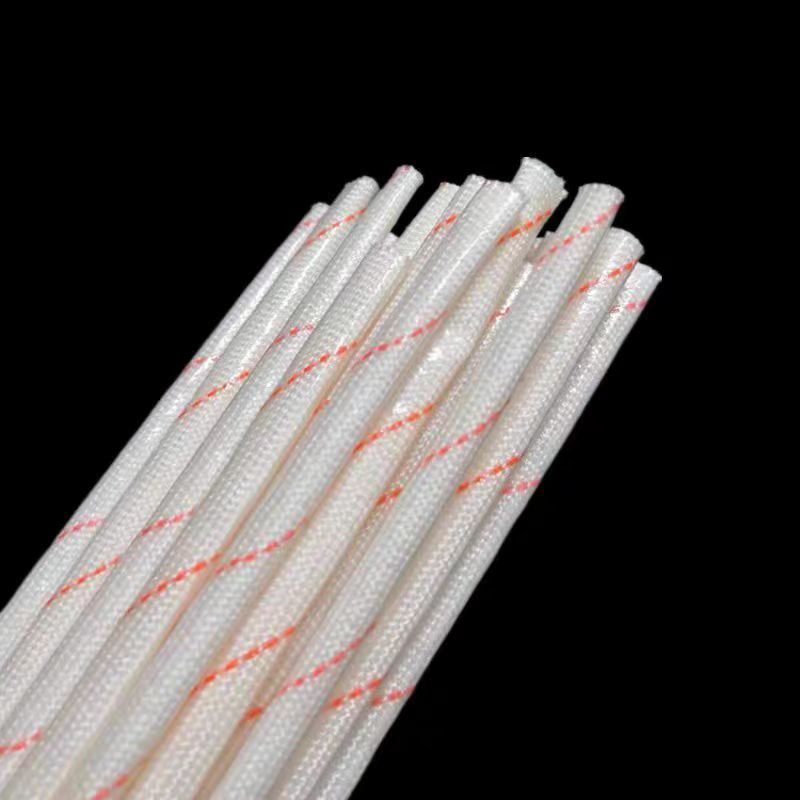Understanding the Role of Fiberglass Tape in Electrical Insulation
Fiberglass tape is a versatile and highly effective insulating material widely used in the electrical and electronics sector. Its unique properties make it an ideal choice for applications that require superior insulation, durability, and resistance to extreme temperatures and environmental conditions. Understanding its features and applications can significantly benefit professionals dealing with
Fiberglass tape is a versatile and highly effective insulating material widely used in the electrical and electronics sector. Its unique properties make it an ideal choice for applications that require superior insulation, durability, and resistance to extreme temperatures and environmental conditions. Understanding its features and applications can significantly benefit professionals dealing with insulation materials in their projects.
One of the primary characteristics of fiberglass tape is its exceptional tensile strength. Manufactured from woven fiberglass fibers, this tape can withstand substantial mechanical stresses, making it suitable for applications where durability is critical. This strength is essential in scenarios where electrical components may encounter vibrations or movement, ensuring that the insulation remains intact and effective.
Moreover, fiberglass tape offers excellent thermal resistance. It can perform effectively in both high-temperature and low-temperature environments, withstanding temperatures often beyond 500°F (260°C). This property is particularly beneficial in electrical applications, such as motor windings and transformers, where heat dissipation is a concern. Its ability to endure thermal extremes ensures prolonged operational life and reliability of electrical systems.
Another noteworthy aspect of fiberglass tape is its electrical insulation properties. With a high dielectric strength, it is capable of preventing electrical leakage and short circuits, thus enhancing the safety of electrical installations. This makes it particularly useful in applications such as wire harnessing, where multiple conductors are bundled together, requiring reliable insulative barriers to prevent accidental contact and electrical failures.
Fiberglass tape is also resistant to various chemicals and environmental factors, including moisture and UV radiation. This resistance is crucial in outdoor applications or environments where exposure to chemicals may occur. The longevity and performance of installations can be significantly improved by using fiberglass tape, ensuring that they maintain their insulative properties over time.
In terms of application methods, fiberglass tape is easy to handle and can be applied simply by wrapping it around the component needing insulation. It can be used in conjunction with adhesives or coatings for enhanced performance, depending on the specific requirements of the project.
In conclusion, fiberglass tape is a critical element in the realm of electrical insulation. Its exceptional strength, thermal stability, electrical insulation properties, and resistance to environmental conditions make it an indispensable choice for professionals in the electrical and electronics industry. By leveraging the benefits of fiberglass tape, professionals can ensure enhanced safety, efficiency, and reliability in their electrical applications. Understanding the full potential of this material can lead to better project outcomes and improved maintenance strategies in electrical systems.
One of the primary characteristics of fiberglass tape is its exceptional tensile strength. Manufactured from woven fiberglass fibers, this tape can withstand substantial mechanical stresses, making it suitable for applications where durability is critical. This strength is essential in scenarios where electrical components may encounter vibrations or movement, ensuring that the insulation remains intact and effective.
Moreover, fiberglass tape offers excellent thermal resistance. It can perform effectively in both high-temperature and low-temperature environments, withstanding temperatures often beyond 500°F (260°C). This property is particularly beneficial in electrical applications, such as motor windings and transformers, where heat dissipation is a concern. Its ability to endure thermal extremes ensures prolonged operational life and reliability of electrical systems.
Another noteworthy aspect of fiberglass tape is its electrical insulation properties. With a high dielectric strength, it is capable of preventing electrical leakage and short circuits, thus enhancing the safety of electrical installations. This makes it particularly useful in applications such as wire harnessing, where multiple conductors are bundled together, requiring reliable insulative barriers to prevent accidental contact and electrical failures.
Fiberglass tape is also resistant to various chemicals and environmental factors, including moisture and UV radiation. This resistance is crucial in outdoor applications or environments where exposure to chemicals may occur. The longevity and performance of installations can be significantly improved by using fiberglass tape, ensuring that they maintain their insulative properties over time.
In terms of application methods, fiberglass tape is easy to handle and can be applied simply by wrapping it around the component needing insulation. It can be used in conjunction with adhesives or coatings for enhanced performance, depending on the specific requirements of the project.
In conclusion, fiberglass tape is a critical element in the realm of electrical insulation. Its exceptional strength, thermal stability, electrical insulation properties, and resistance to environmental conditions make it an indispensable choice for professionals in the electrical and electronics industry. By leveraging the benefits of fiberglass tape, professionals can ensure enhanced safety, efficiency, and reliability in their electrical applications. Understanding the full potential of this material can lead to better project outcomes and improved maintenance strategies in electrical systems.
Previous:






